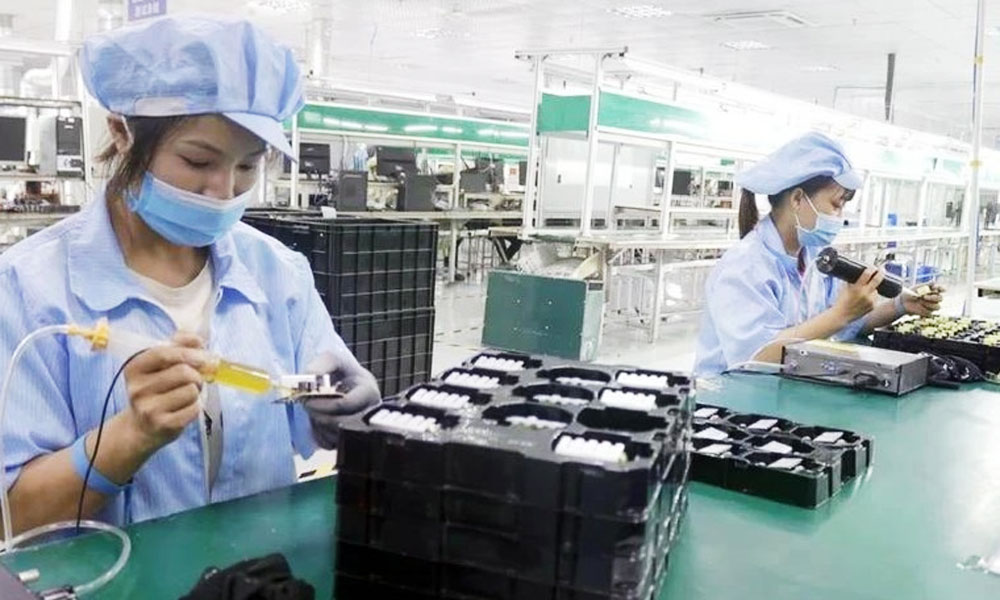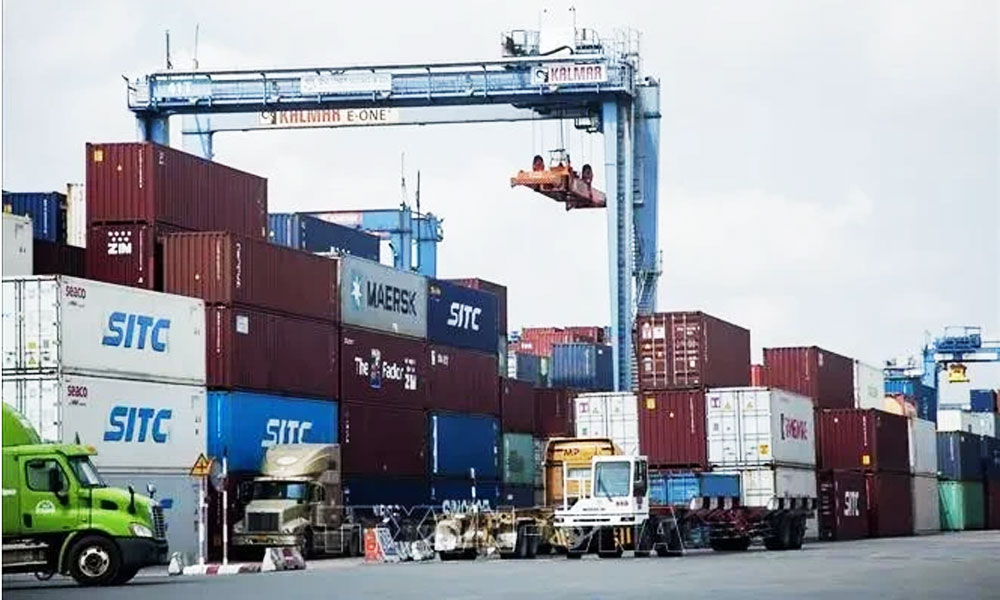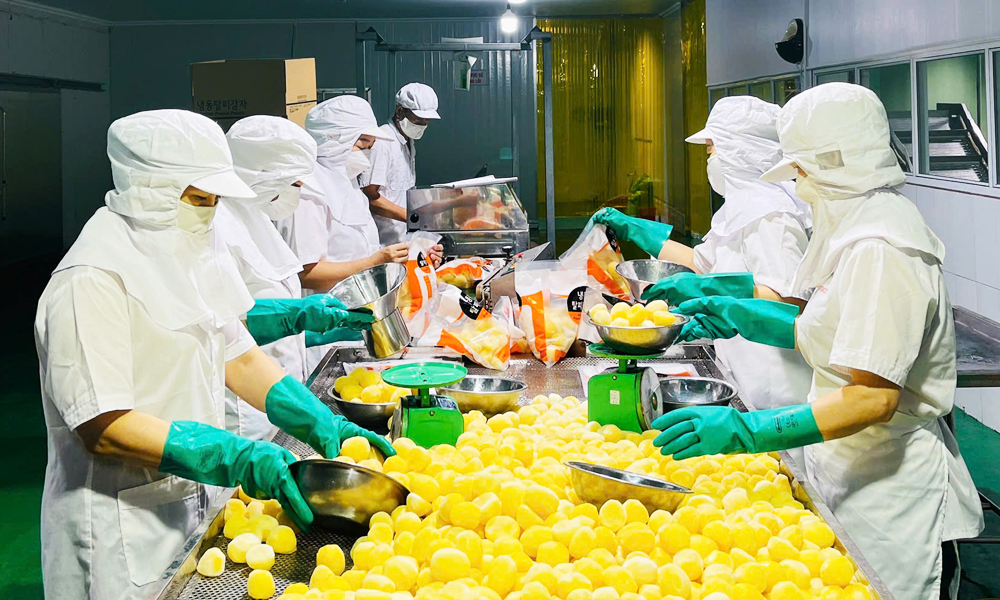Vietnam’s economy enjoys steady growth despite increased uncertainties: WB
After a gloomy period in 2023, Vietnam's economy has recovered impressively thanks to strong external demand, helping exports of goods and services increase by 15.5% in 2024, according to the World Bank.
Vietnam’s gross domestic product (GDP) growth is projected to slow to 5.8% in 2025 given increased uncertainties due to recent trade policy shifts and a projected slowdown of global growth, the World Bank (WB) said in its latest East Asia and Pacific Economic Update.
 |
|
The World Bank assesses that Vietnam's economy continues to grow steadily despite challenges. |
After a gloomy period in 2023, Vietnam's economy has recovered impressively thanks to strong external demand, helping exports of goods and services increase by 15.5% in 2024, it said.
The real estate sector showed signs of improvement, contributing to recovery of private domestic investment, as the supply of newly licensed property projects and apartment units picked up in 2024 while more attractive mortgage rates for new loans increased demand.
Amid higher growth, labour market conditions improved. Manufacturing employment growth strengthened to 3.4% year-on-year by November 2024 from -2.3% a year earlier.
Real income grew by 4.8% compared to 1.3% in 2023, due to improved labour market conditions and public sector wage hikes. However, income growth has not fully translated into private consumption, and gross savings rate remains high at 37.2% in 2024.
Headline inflation inched up to 3.6% in 2024 compared to 3.3% in 2023, well below the State Bank of Viet Nam (SBV) target of 4-4.5%, driven by food, transport, and administered prices for health and education. Core inflation remained subdued at 2.7% for the year.
Strong GDP growth, easing inflation, and improved labour market conditions in 2024 are expected to have contributed to poverty reduction.
The report showed that poverty rates in Vietnam continue their downward trend. The share of the population living on less than 3.65 USD per day (the lower-middle-income poverty line) is expected to decline from 3.8% in 2024 to 3.6% this year. However, lower growth in the agriculture sector suggests more limited gains among the poorest.
As a trade-oriented economy, with imports and exports representing almost 170% of the GDP, Vietnam is particularly exposed to ongoing shifts in global trade policies. The US remains the largest export destination of Vietnam, accounting for 30% of its total exports, while China makes up 38% of its imports.
Uncertainty may also further weaken consumer confidence and spending which has lagged GDP growth in recent years, the WB said, highlighting financial sector vulnerabilities persist with the average loan-loss coverage ratio among 26 banks at 83% compared to 150% in 2022.
While the Government has fiscal space to support demand, effective implementation may be hampered by chronic under-disbursement in public investment.
The bank stated that given the country’s exposure to the external environment, stronger-than-expected distortions in trade policy could adversely impact exports and growth.
A slower-than-expected global growth could also reduce external demand and affect exports and private investments including FDI.
Experts said policy measures should focus on expanding public investment, mitigating fiscal sector risks, and structural reforms. While space for monetary policy intervention remains restrained, fiscal policy could still support growth especially through investment to close emerging infrastructure gaps.
Building on recent reforms, such as the revision of Law on Credit institutions, further steps to mitigate financial sector risks and vulnerabilities remain crucial to promote financial sector resilience and stability.
Accelerating structural reforms to strengthen the regulatory environment in critical backbone services such as information and communication technology, electricity, and transport to green the economy, build human capital, and improve the business environment are crucial to sustain long-term growth.
The bank predicted that Vietnam's medium-term growth outlook remains positive, with GDP growth estimated to rebound to 6.1% in 2026 and 6.4% in 2027.
To realise this potential, Vietnam needs a more stable international economic environment, coupled with domestic reform efforts aimed at increasing productivity, investing in human capital, and greening the economy.
 Bắc giang
Bắc giang















Reader's comments (0)